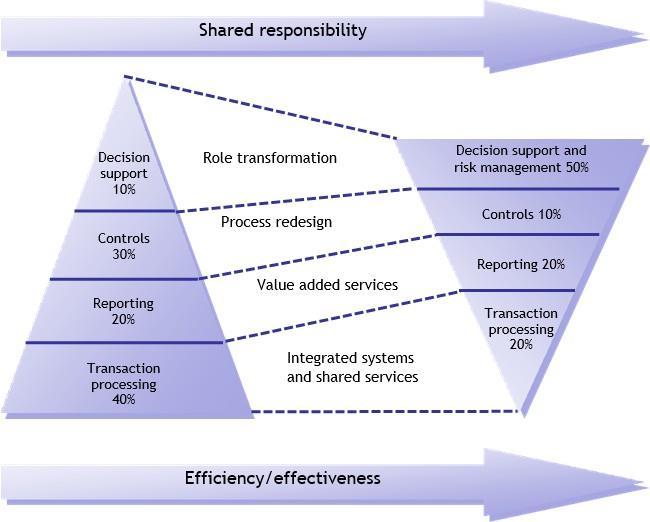
1 minute read
Section overview
This topic introduces comparative financial analysis. You can compare data using many criteria, such as across time, departments, products, customers, markets and companies.
However, a key point to note is that comparing apples and pears will only confuse and certainly not gain you insight, knowledge or commercial advantage. You therefore need to be cautious in how, what and when you compare. You’ll look in particular at the value of comparing past and present performance and comparing performance against that of competitors. Comparing past and present performance can be meaningful, but the longer the timespan the less effective or accurate this may be.
Advertisement
Comparing across years depends upon the stability of the organisation — whether its strategy, operations, pricing, cost structure, products and customers have remained reasonably constant. Comparing your performance against competitors’ performance can be even more fraught, as you may not know the relevant changes made in these organisations over the time period of analysis. Nevertheless, comparisons are very useful, and if used with caution they can bring new insight and knowledge about your own performance as well as that of your competitors. In this topic you’ll look at a case study of a medium-sized business in the service sector.



